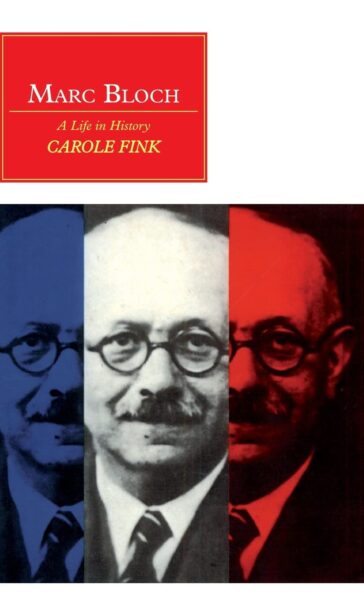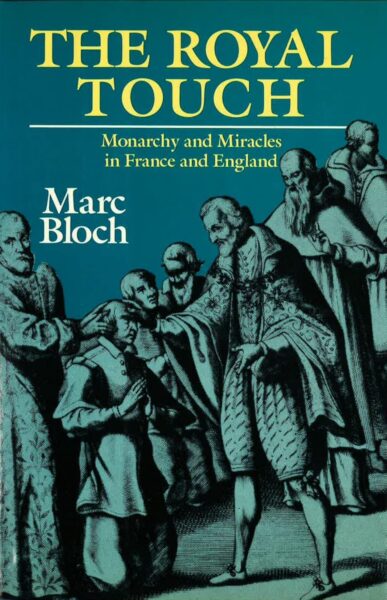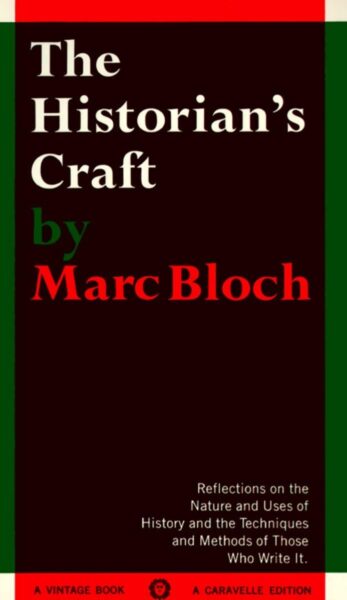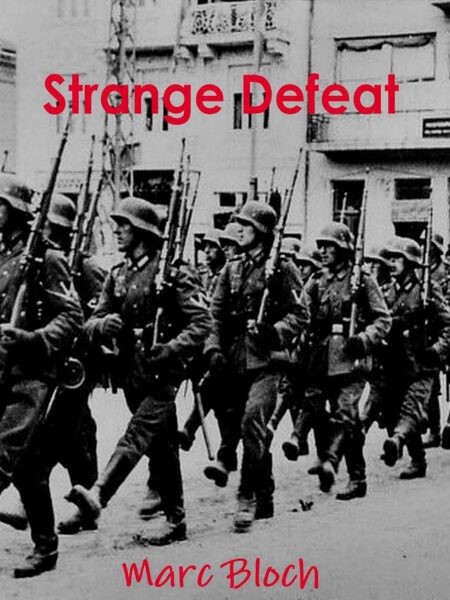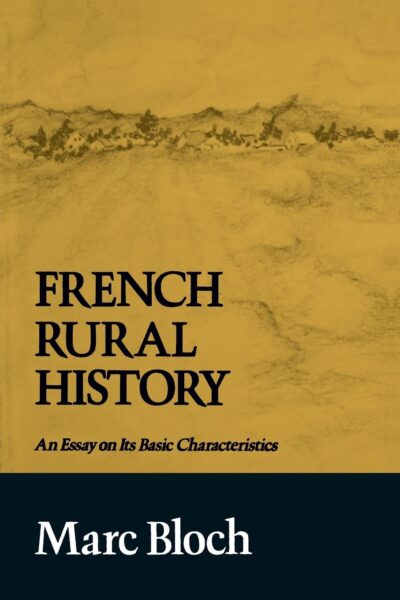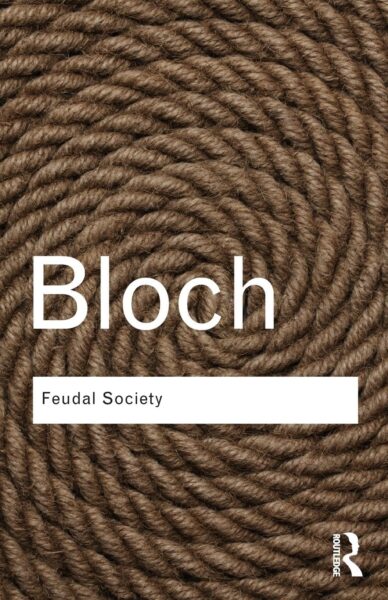French President Emmanuel Macron announced on Saturday, November 23, that scholar and Resistance fighter Marc Bloch, tortured and executed by the Gestapo in 1944, would be reinterred in the Panthéon – the Paris monument to France’s most outstanding citizens.
Marc Bloch, known for his seminal and pioneering work on French and European Medieval history, was highly decorated for his bravery in WW2 and a fearless member of the French resistance during WW2. He was tortured and killed by the Gestapo in June 1944. On November 23, French President Emmanuel Macron announced that his remains would be transferred to Le Pantheon in Paris in the near future. In a letter, the descendants have asked that no one from the far right be present at the ceremony.
Life

Marc Léopold Benjamin was born in Alsace in 1886 as the son of an eminent historian at Lyon and later Sorbonne. The family belonged to the group of assimilated Jews, and Marc Bloch grew up in the aftermath of the disgraceful and appalling Dreyfuss affair creating space for his access to splendid Parisian schools, leading to an academic career at the the Lycée Louis-le-Grand and later the École Normale Supérieure (1908) where he studied under the sociologist Émile Durkheim. Another mentor, the philosopher Henri Berr, nursed his interest in the interdisciplinary field of history and social science. This led to a wide-ranging effort to learn new languages and new literatures and fields such as religion, law, and philosophy. Already, at this time, his focus was on primary sources.
During WW1, Bloch served first as a sergeant and later as a captain and was highly decorated. As part of this war effort, he contributed to the return of Alsace. Here, at the old University of Strasbourg, together with one of his colleagues, Lucien Febvre, he founded the famous journal Annales d’histoire économique et sociale, a journal devoted to overcoming disciplinary and national boundaries and promoting a history focusing on the everyday life of people.
From this period, his best work is Les Rois Thaumaturges: étude sur le caractère surnaturel attribué à la puissance royale, particulièrement en France et en Angleterre (The Royal Touch: Sacred Monarchy and Scrofula in England and France) from 1924 outlining the production and dissemination of the myth of royal monarchic healing power. In 1931, he followed the work on French rural history: Les Caractères originaux de l’histoire rurale française (French Rural History: An Essay on Its Basic Characteristics), still of immense value for scholars delving into the varied agro-systems of the Middle Ages and paving the way for historians to accept the need to be able to master such disciplines as agronomy, cartography, economics, geography, philology, psychology, sociology, and folklore.
In 1932, he was refused as a member of the Collège de France for political and antisemitic reasons. In 1936, he was offered a chair in economic history at the Sorbonne, which led to his move to Paris.
However, in 1939 he was once again called to serve France to take part in the humiliating defeat. During this period, he wrote a book titled, L’Étrange Défaite (the strange defeat), a book written in the summer of 1940. The book was published posthumously in 1946. This book holds three chapters: a short biographical sketch, a factual account of the Battle of France, and the celebrated essay called A Frenchmen Examines his Conscience, which is a biting analysis of the stupidity of the interwar generation of French leaders and thinkers. We may presume that Macron – himself a historian and philosopher – has read this text and reflected upon it as part of the political positioning called for as part of the war in Ukraine.
Somewhat protected by the French establishment, he was late to get out. In 1942, he joined the French resistance, and in the summer of 1944, he died in front of a firing squad crying out “Vive la France!” at the small village of Saint-Didier-de-Formans together with 27 comrades-in-arms.
Works
Today, his best-known work is La société féodale (Feudal Society), published in 1939–1940. In this seminal work, he defines and divides feudalism’s development into two main periods from 800-1000 and again 1000 – 1200.
This work and the rest of his oeuvre are marked by his insistence that history is concerned with the real world and the life situation of ordinary people. Hence, there is no doubt that truth matters. To be a slave or a serf was never an intellectual exercise but a real lived experience. It has been suggested that his insistence upon veracity had to do with his wartime experiences. Secondly, he was occupied by the search for synthesis. This goal was acquired through his acquaintance with the work of Durkheim and Max Weber. Even today, his posthumous work on “The Historian’s Craft is worth reading.
Private life
In 1919, he married Simone Vidal (1894–1944), with whom
he would have six children. She worked as his secretary and proofreader. She died of illness a few weeks after his execution. Together, they had sex children who survived the war.
SOURCES:
READ:

